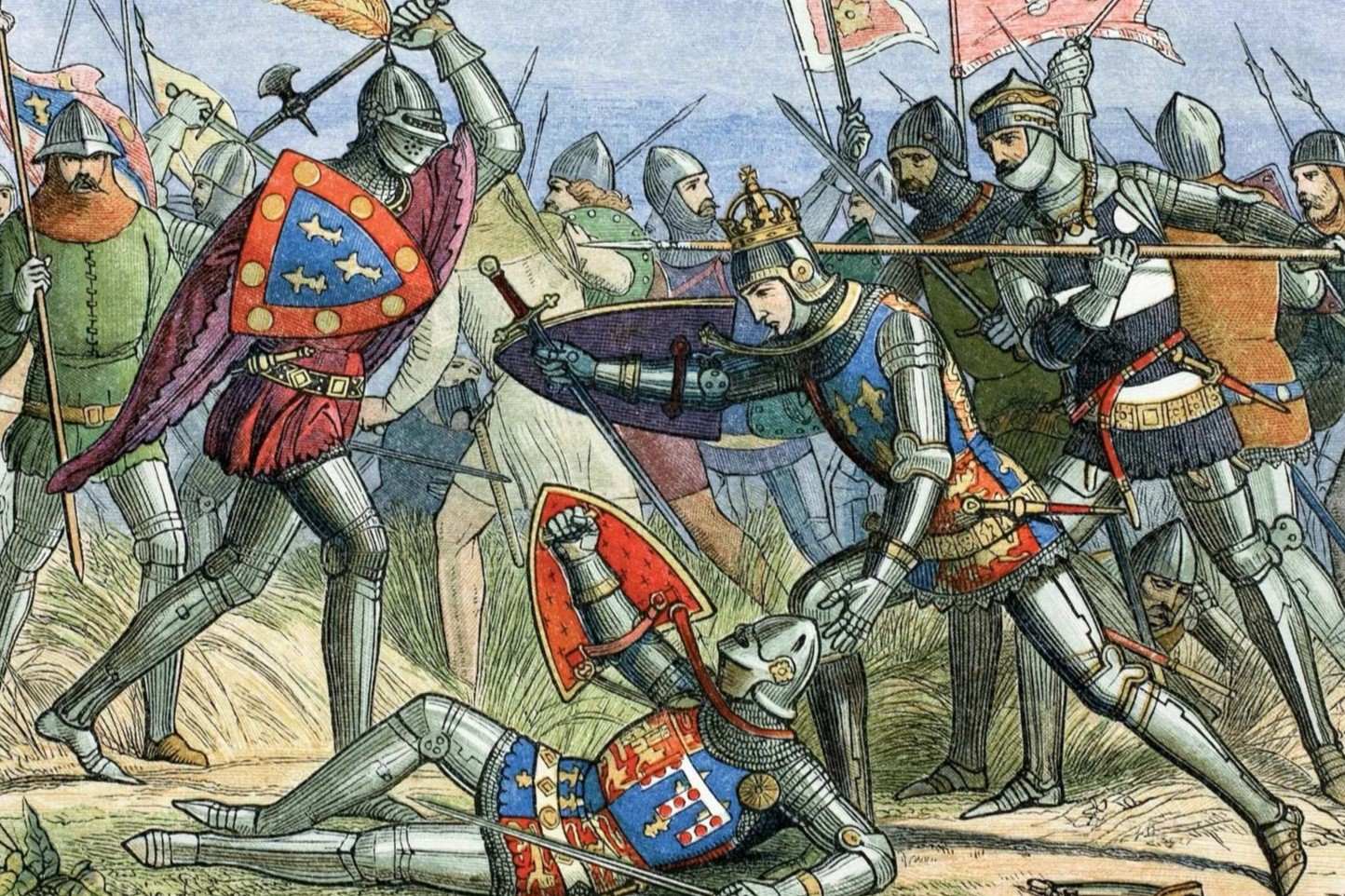
The War of the Public Weal was a significant conflict in French history, occurring in 1465. This civil war saw powerful French nobles, led by Charles the Bold, Duke of Burgundy, rise against King Louis XI. Their goal was to curb the king's growing power and restore their own influence. Why did this war matter? It highlighted the tension between central authority and feudal lords, shaping France's political landscape. The conflict ended with the Treaty of Conflans, which granted concessions to the nobles but ultimately strengthened the monarchy. Curious about the key players, battles, and outcomes? Let's dive into 30 fascinating facts about this pivotal war.
Key Takeaways:
- The War of the Public Weal was a 15th-century conflict in France where feudal lords rebelled against the king. It weakened feudal power and strengthened royal authority, shaping the future of the French state.
- This historical event influenced future French kings to centralize power and is considered a precursor to later Wars of Religion. It's a fascinating example of medieval civil conflict with a lasting impact on French history.
The War of the Public Weal: A Brief Overview
The War of the Public Weal, or "La Guerre du Bien Public," was a significant conflict in 15th-century France. This civil war saw powerful feudal lords challenging the authority of the French king, Louis XI. Here are some fascinating facts about this historical event.
- The War of the Public Weal took place in 1465.
- Louis XI, known as the "Universal Spider," was the French king during this conflict.
- The war was primarily a rebellion by feudal lords against the centralization of royal power.
- Charles the Bold, Duke of Burgundy, was one of the main leaders of the rebellion.
- The conflict was named "Public Weal" because the rebels claimed to fight for the common good of the kingdom.
Key Figures in the War
Several notable individuals played crucial roles in the War of the Public Weal. Their actions and decisions shaped the course of the conflict.
- Charles the Bold was a prominent leader of the rebellious nobles.
- Louis XI, the French king, was determined to strengthen royal authority.
- Francis II, Duke of Brittany, also joined the rebellion against Louis XI.
- John II, Duke of Bourbon, initially supported the king but later switched sides.
- The Count of Charolais, later known as Charles the Bold, was a key military leader for the rebels.
Major Battles and Events
The War of the Public Weal saw several significant battles and events that influenced its outcome. These moments were pivotal in the struggle between the king and the feudal lords.
- The Battle of Montlhéry was one of the major battles of the war.
- The Siege of Paris saw the rebels attempting to capture the French capital.
- The Treaty of Conflans was signed in October 1465, temporarily ending hostilities.
- The Treaty of Saint-Maur was another agreement that aimed to resolve the conflict.
- Despite these treaties, skirmishes and tensions continued for several years.
Political and Social Impact
The War of the Public Weal had lasting effects on French politics and society. The conflict highlighted the tension between feudalism and centralization.
- The war weakened the power of the feudal lords.
- Louis XI's victory helped to centralize royal authority in France.
- The conflict exposed the fragility of the French monarchy.
- The war led to increased taxation to fund military campaigns.
- The rebellion highlighted the need for stronger governance and reforms.
Legacy and Historical Significance
The War of the Public Weal left a lasting legacy in French history. Its impact can still be seen in the development of the French state.
- The war is considered a precursor to the later Wars of Religion in France.
- Louis XI's tactics during the war earned him a reputation as a cunning and strategic ruler.
- The conflict demonstrated the declining power of the feudal aristocracy.
- The war influenced future French kings to continue centralizing power.
- The War of the Public Weal is often studied as an example of medieval civil conflict.
Cultural Representations
The War of the Public Weal has been depicted in various cultural works, reflecting its importance in French history.
- The conflict has been featured in historical novels and plays.
- French historians have extensively studied and written about the war.
- The war is sometimes referenced in discussions about medieval European politics.
- Art and literature from the period often depict scenes from the conflict.
- The War of the Public Weal remains a topic of interest for history enthusiasts and scholars alike.
The Impact of the War of the Public Weal
The War of the Public Weal left a lasting mark on French history. This conflict, driven by power struggles among French nobility, highlighted the fragile nature of political alliances. It also underscored the tension between the monarchy and the aristocracy. The war's outcome, while not a decisive victory for either side, led to significant changes in how power was distributed in France. The king's authority was both challenged and reinforced, setting the stage for future conflicts and reforms. Understanding this war helps us grasp the complexities of medieval French politics and the constant tug-of-war for control. The War of the Public Weal may not be as well-known as other historical events, but its impact on the balance of power in France was profound.
Frequently Asked Questions
Was this page helpful?
Our commitment to delivering trustworthy and engaging content is at the heart of what we do. Each fact on our site is contributed by real users like you, bringing a wealth of diverse insights and information. To ensure the highest standards of accuracy and reliability, our dedicated editors meticulously review each submission. This process guarantees that the facts we share are not only fascinating but also credible. Trust in our commitment to quality and authenticity as you explore and learn with us.
